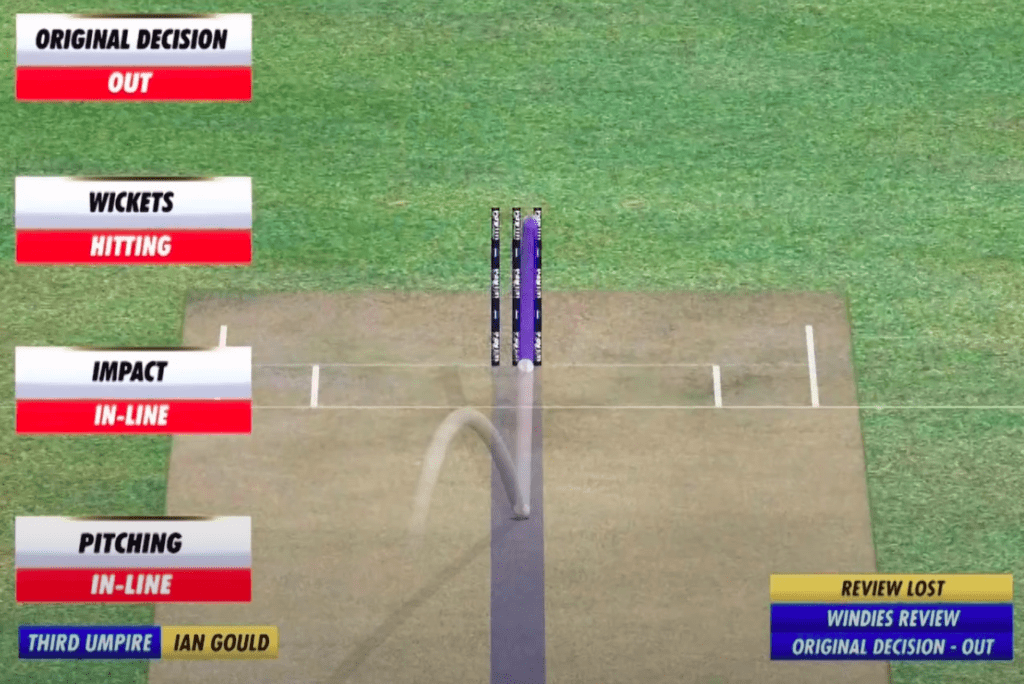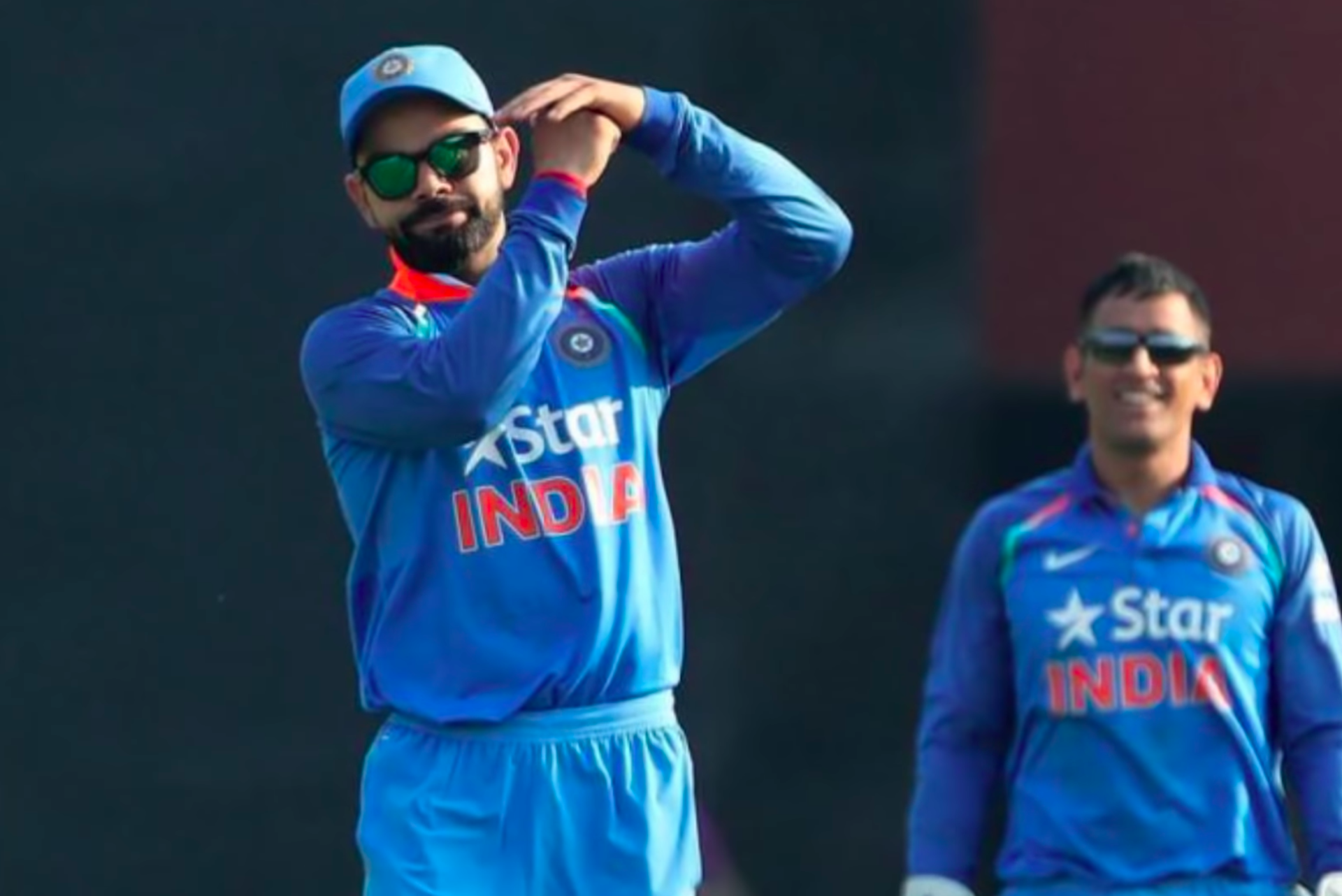DRS in Cricket: The Ultimate Guide to the Rules, Controversies, and Impact on the Game
Cricket, like any other sport, has its fair share of controversy. One of the most contentious issues in cricket is the use of the DRS in cricket. The Decision Review System or DRS is a technology-based system that allows players to challenge the umpire’s decisions.
But why is DRS such a big deal in the world of cricket?
The answer lies in the fact that umpires are human and can make errors. With the game moving at such a fast pace, it can be difficult to make the right call every time. This is where DRS comes in – it provides a safety net for umpires to check their decisions and ensure that the correct outcome is reached.
So, what exactly are the rules of DRS?
Let’s dive in and take a closer look.
Who can take DRS in cricket?
Players on the field can only take DRS. The captain of the team has the sole right to call for a review, but only if certain conditions are met.
To take a review, the captain must make a ‘T’ sign with both hands and inform the on-field umpire within 15 seconds of the original decision.
How many times DRS can be used in cricket?
The umpires give each team two reviews per inning. After 80 overs in Test cricket and after 20 overs in limited-overs cricket, the reviews are replenished.
If the team’s review is successful, they retain the review. However, if the review is unsuccessful, they lose the review.
Rules of DRS
The DRS rules are fairly straightforward. When a team decides to review a decision, they have 15 seconds to make their decision.
The review must be based on one of three factors:
- An incorrect decision by the on-field umpire
- A potential no-ball
- A potential dismissal.
The on-field umpire’s decisions concerning the following can be reviewed using the system:
- Leg Before Wicket (LBW)
- Caught behind
- Stumpings
- Run-outs
- Boundary decisions
- Short-run calls
If the review shows that the umpire’s decision was incorrect, the decision is overturned.

LBW in DRS
The LBW rule is one of the most crucial aspects of DRS. The umpire gives the batsman out LBW if the ball hits his pads and the ball would have gone on to hit the stumps. However, If the batsman thinks that the decision is incorrect, he can call for a review.
In DRS, the system gives out if the ball is hitting the stumps, and it is not out if the ball is missing the stumps.
However, if the ball is hitting the stumps and the umpire has given not out, the on-field decision will stand.
DRS and no-ball in cricket
The on-field umpire has the sole authority to make no-ball decisions, and DRS cannot be used for such decisions. However, if the umpire has given a batsman out on a no-ball, the decision can be reviewed.
Why did BCCI oppose DRS?
The Board of Control for Cricket in India (BCCI) has had long-standing opposition to DRS. The BCCI had concerns about the accuracy of the technology used in the system. However, in 2016, the BCCI agreed to use DRS in cricket for a home Test series against England.
The God of DRS in Cricket
Cricket enthusiasts consider Kumar Dharmasena, the former Sri Lankan cricketer, as the god of DRS in cricket. He is widely regarded as the best umpire in the world when it comes to the use of DRS. Dharmasena’s decision-making skills and accuracy with DRS have been praised by players, coaches, and experts alike.
Conclusion
In conclusion, the Decision Review System has undoubtedly revolutionized the game of cricket, making it more exciting and fairer than ever before. Moreover, It has brought a level of transparency and accuracy to the game that was previously missing, and this has helped to eliminate errors and controversies that could mar the game’s spirit.
As cricket continues to evolve, the DRS will likely undergo further improvements to enhance its accuracy and effectiveness. Cricket’s future can expect this system to play an even more significant role with the introduction of more technology and innovations.
So, the next time you watch a match and the umpire makes a close call, keep in mind the DRS in cricket and its impact on the game. It has changed the way we view and enjoy cricket, making it a fairer and more engaging sport for everyone.




